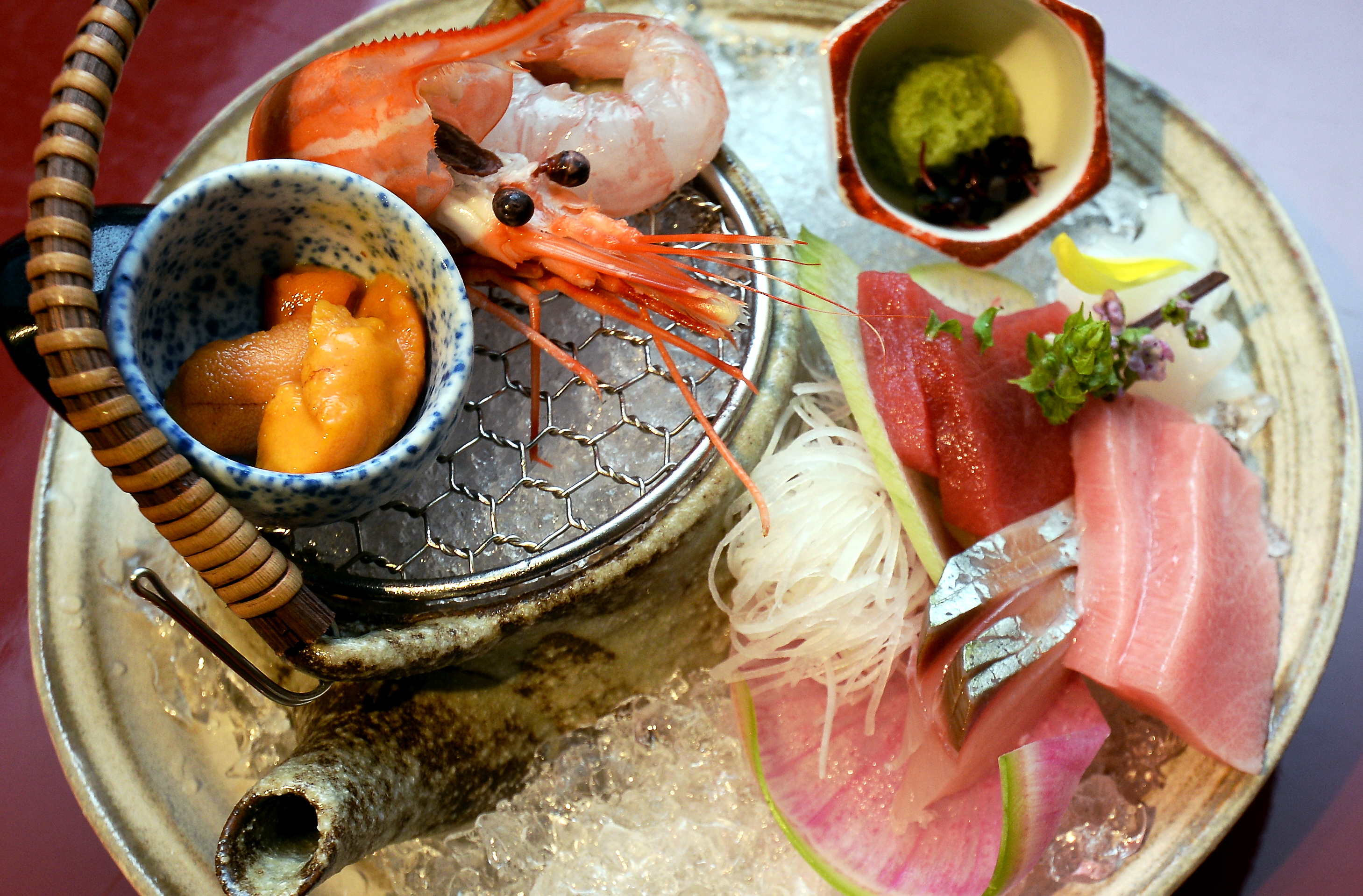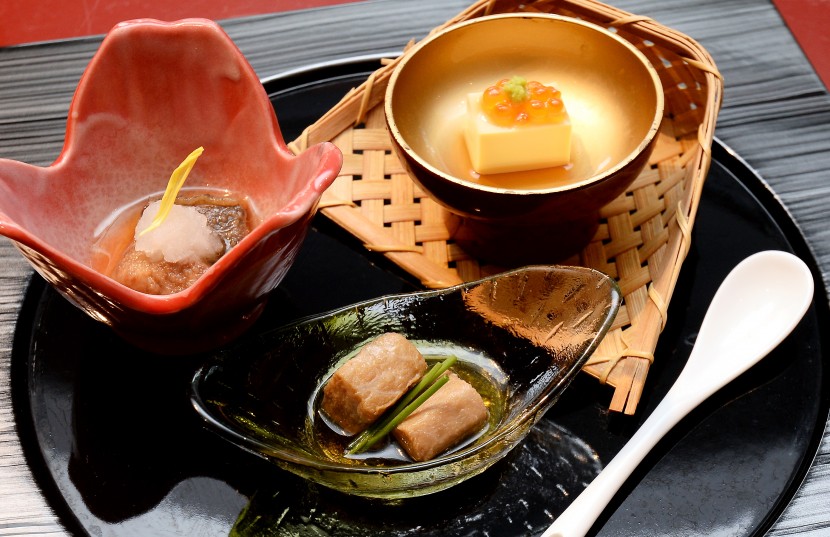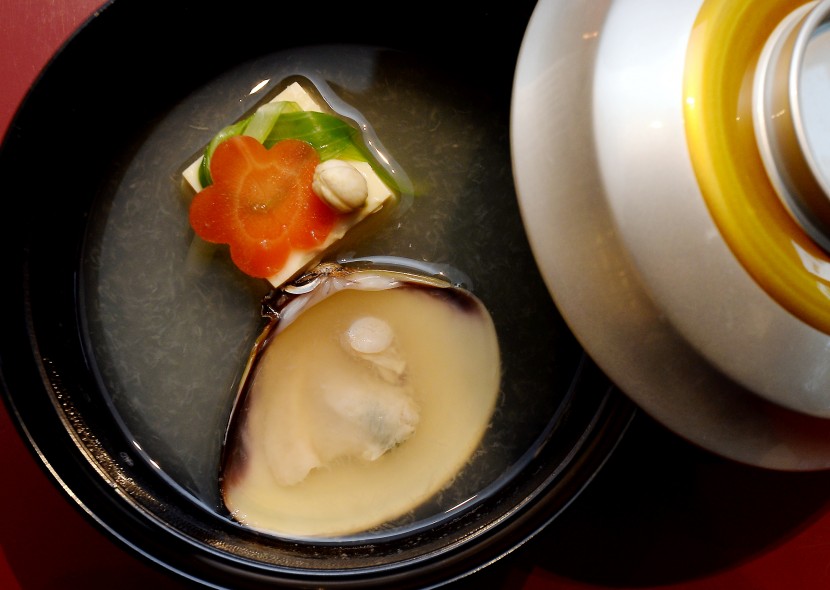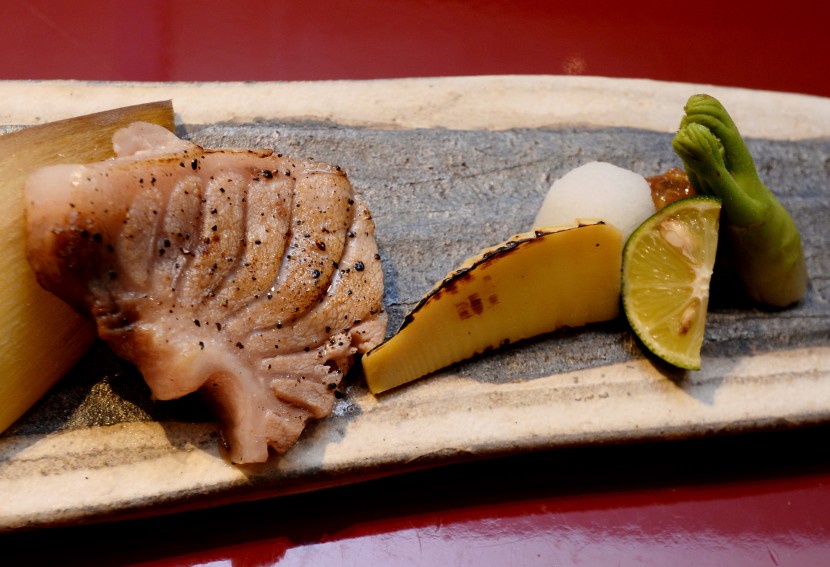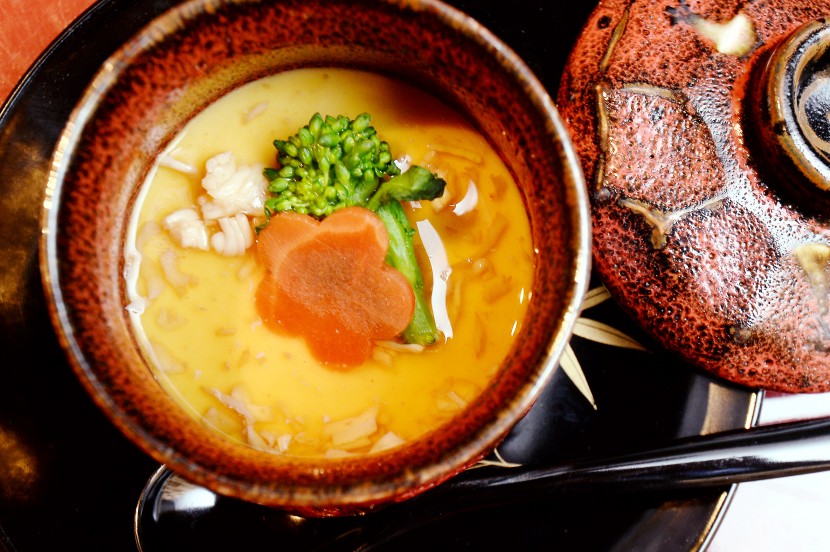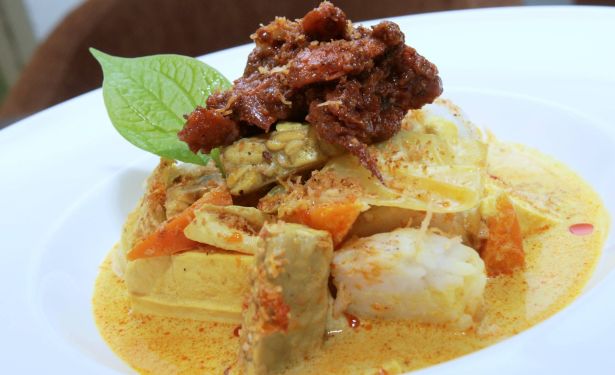SASAGAWA RESTAURANT,
Level 2, Sheraton Imperial Kuala Lumpur Hotel,
Jalan Sultan Ismail, Kuala Lumpur.
Tel: 03- 2602 3288
Business hours: Noon to 2.30pm, 6pm to 10.30pm, daily.
Pork-free.
SASAGAWA at Sheraton Imperial Kuala Lumpur Hotel is definitely a place for those looking for an authentic Japanese dining experience.
With zen-like Japanese music and a soft and tranquil ambience, the restaurant located in the middle of the city, is a place for diners to unwind and enjoy fresh Japanese food.
Sasagawa floor manager Hiroko Yamagata said the ingredients, especially fish and vegetables, were imported from Japan five times a week.
During a recent visit, executive chef Sasagawa Hitoshi served the spring seasonal menu as it is spring in Japan now.
“The menu changes according to the season and we serve seasonal ingredients, especially fish and vegetables.
“The dishes served today are among the most popular with locals here,” he said, noting Malaysian’s love for Japanese food.
The Hana course meal (RM350) comprises eight dishes, with starters right up to dessert.
Hitoshi said the items served on the menu, could vary on other days, depending on the availability of ingredients.
The appetiser was a combination of maguro, tamago tofu with wasabi and ikura(fish roe) as well as buri (yellow tail fish). These are served with shredded radish.
The tuna was sweet, fresh and soft while the tofu was a little firmer than the ones I am used to. The fish roe and wasabi lend some flavour and saltiness to the ingredients on the plate.
Next was the hamaguri (clam soup), a personal favourite of the chef.
“I like it because I can adjust the taste according to how I want it compared to sashimi, which involves cutting and not cooking,” he said.
He said the most important thing when cooking hamaguri was to preserve the original taste of the clam, without adding too many ingredients.
“The dish is simple as it has only bonito flakes, clams and seaweed. These are boiled in the stock for a few minutes,” he said.
The light soup was not salty and good to the last drop.
Following the sashimi platter of uni, botan ebi, shima aji, chutoro, maguro akamiand yariika, the kitchen brought out the seared maguro steak with miso paste, spring vegetables with bamboo shoot, chawanmushi, tempura and takenoko oshokuji (bamboo shoot rice).
There are several elements to this dish and I found its presentation interesting with the rice served in a traditional looking ceramic pot.
The rice is served alongside some miso soup and salted seaweed to add to the flavour profile of the rice.
The aromatic rice did not feel heavy in the tummy, despite having savoured several dishes prior to it.
Hitoshi said the rice was popular in Japan as many people cooked it at home.
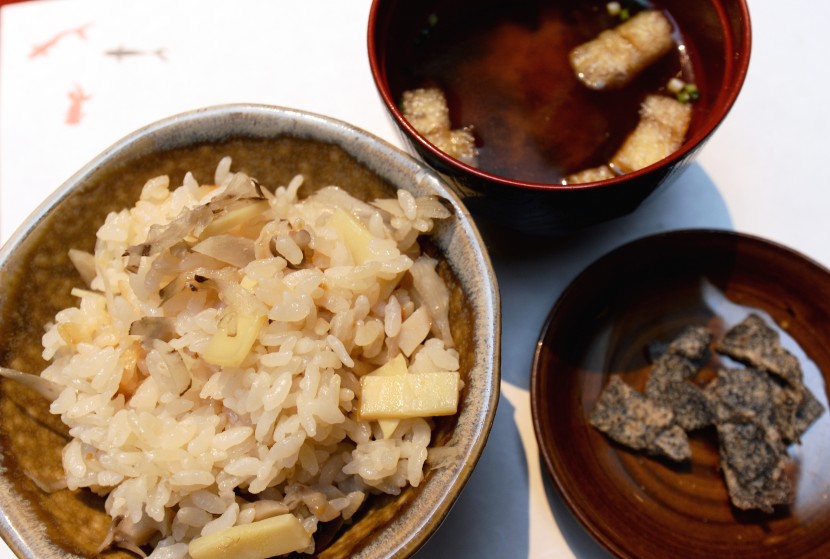
The takenoko oshokuji (bamboo shoot rice) comes with miso soup and salted seaweed to lend some saltiness to the rice.
“The bamboo shoot is sweeter during spring.
“To enrich its flavour, I added tofu, bamboo shoots and Japanese mushrooms to the rice. I would add oil or chicken if the customer is having his meal with alcohol as it pairs well,” he said.
He also revealed that he used mirin, which is cooking rice wine for the appetiser, clam soup and chawanmushi.
After the rice, hojicha (brown tea) which is said to be good for digestion is a must here. It apparently helps to cleanse the palate before dessert is served.
An uncomplicated simple chilled Japanese melon on ice, brought dinner to an end on a sweet and refreshing note.
This is the writer’s personal observation and is not an endorsement by StarMetro.
